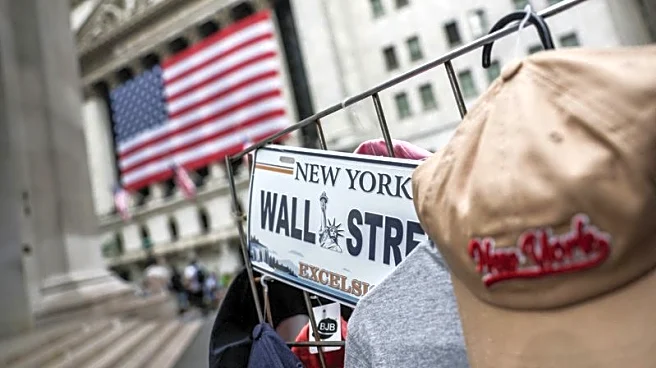Rapid Read • 7 min read
The U.S. labor force is experiencing a significant decline, with 790,000 fewer workers from April to July. This trend marks the first such decrease since 2011, raising concerns among economists and analysts. The labor force participation rate, which measures the percentage of working-age Americans either employed or seeking employment, has dropped for four consecutive months. This decline is attributed to factors such as reduced immigration and long-term trends affecting workforce participation among women and teenagers. The shrinking labor supply poses challenges for businesses, potentially leading to lower growth, tax revenue, and productivity.
AD
The reduction in the labor force has broad implications for the U.S. economy. A smaller pool of workers can lead to businesses operating below capacity, affecting economic growth and consumer spending, which accounts for 70% of economic output. The labor shortage may also result in higher costs for businesses and reduced hiring, impacting industries that rely on skilled workers, such as construction. The decline in immigration further exacerbates the issue, as immigrants have historically contributed significantly to the labor force. Addressing these challenges is crucial for maintaining economic stability and growth.
Reversing the decline in the labor force requires policy changes and improved economic conditions. Efforts to increase immigration and support workforce participation among women and teenagers could help mitigate the issue. Additionally, businesses may need to adapt by investing in automation or offering more competitive wages to attract workers. Monitoring the labor force participation rate and unemployment trends will be essential for policymakers and economists to assess the health of the job market and implement effective solutions.
AD
More Stories You Might Enjoy











